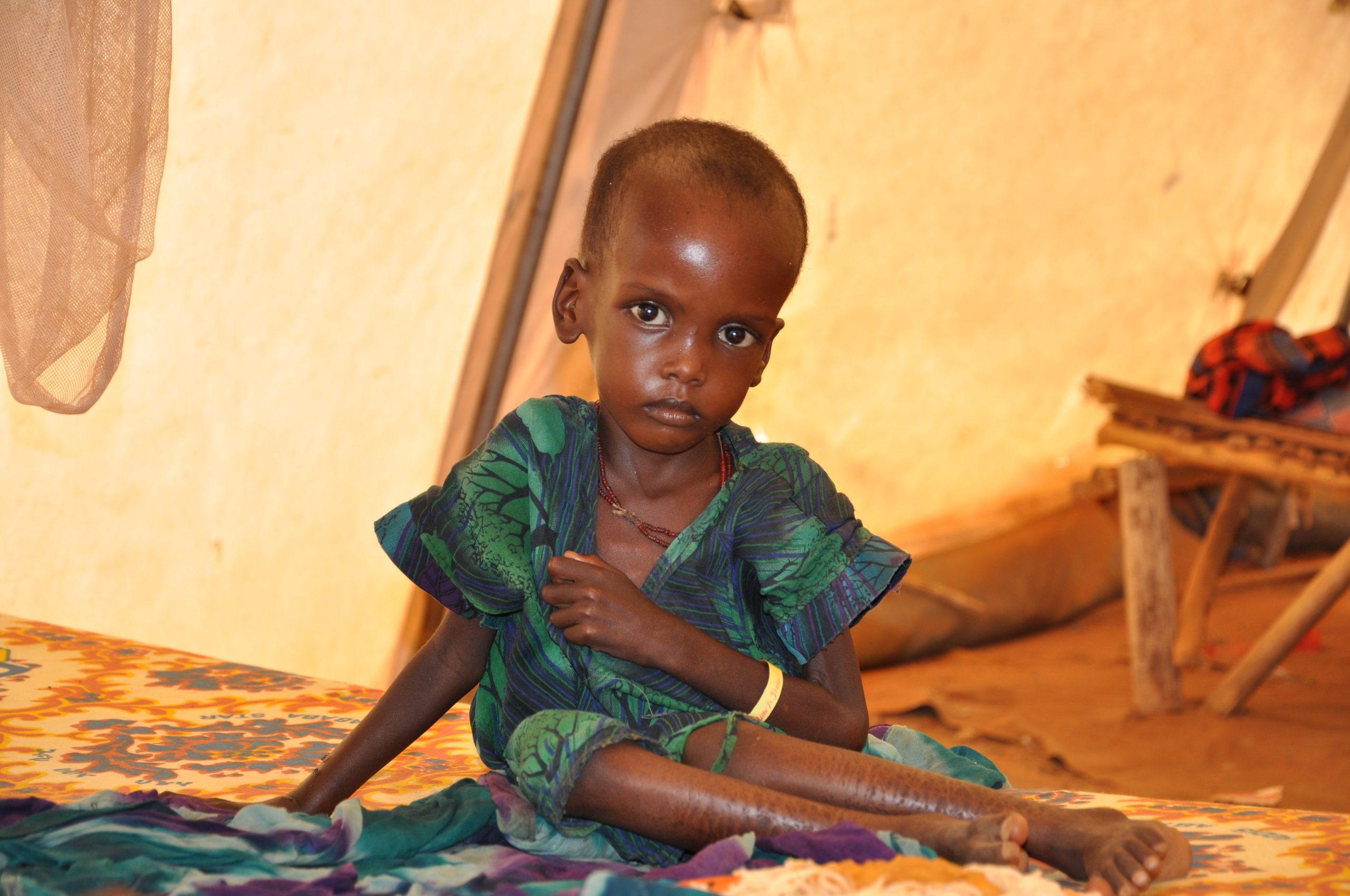Malnutrition is a pressing issue that continues to afflict millions of children around the world, impeding their growth and development. The consequences of malnutrition are far-reaching, affecting not only the physical health but also the cognitive abilities and future prospects of these young individuals. In this article, we delve into the alarming problem of malnutrition among children, exploring its causes, impacts, and potential solutions.
The Hidden Crisis
Malnutrition is a multifaceted problem with various underlying causes. Poverty, lack of access to nutritious food, inadequate healthcare, and insufficient knowledge about proper nutrition contribute to its prevalence, particularly in developing countries. The effects of malnutrition can be devastating, as it weakens the immune system, hinders cognitive development, and increases the risk of disease and mortality.
Malnutrition not only affects the physical health of children but also impairs their cognitive abilities. Insufficient intake of essential nutrients, such as iron, iodine, and vitamin A, can lead to impaired brain development, resulting in learning difficulties and decreased academic performance. Thus, malnutrition perpetuates a cycle of poverty and underdevelopment, limiting the affected children’s opportunities for a better future.

Consequences and Long-Term Impacts
The consequences of malnutrition among children extend beyond the immediate health effects. Malnourished children often experience stunted growth, which not only affects their physical appearance but also hampers their overall development. Stunting, defined as low height-for-age, can have lifelong effects on their physical health, cognitive abilities, and economic productivity.
Moreover, malnutrition weakens the immune system, making children more susceptible to infections and diseases. Undernourished children are more likely to suffer from respiratory infections, diarrheal diseases, and other illnesses, which further compromise their growth and development. In the long term, malnutrition can have severe economic implications for countries, as it reduces the potential workforce and hinders overall economic progress.
Addressing the Crisis
Addressing the malnutrition crisis among children requires a comprehensive and multi-faceted approach. Governments, non-governmental organizations, and communities must work together to tackle the underlying causes and implement effective interventions.
Promoting education and awareness about proper nutrition is crucial to empower families and communities to make informed decisions. Efforts should focus on teaching parents about the importance of balanced diets, breastfeeding, and appropriate feeding practices. Providing access to affordable and nutritious food, particularly for vulnerable populations, is essential to combat malnutrition effectively.

In addition, healthcare systems need to prioritize early detection and treatment of malnutrition through regular screenings and nutritional support programs. Investing in micronutrient supplementation, fortification of staple foods, and therapeutic feeding can significantly improve the nutritional status of children.
Conclusion
The crisis of malnutrition among children is a complex issue that demands immediate attention and action. By addressing the underlying causes, raising awareness, and implementing effective interventions, we can break the cycle of malnutrition and provide children with a brighter future. Every child deserves a chance to grow, learn, and thrive, and it is our collective responsibility to ensure their well-being and nutritional security. Together, we can make a significant impact in the fight against malnutrition and create a world where all children have the opportunity to reach their full potential.
